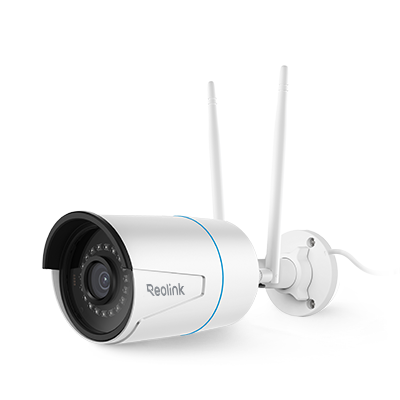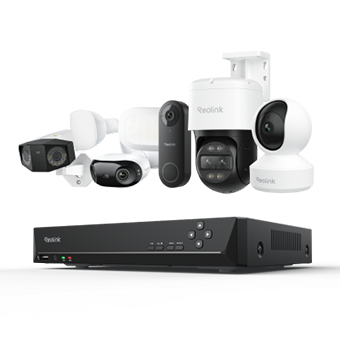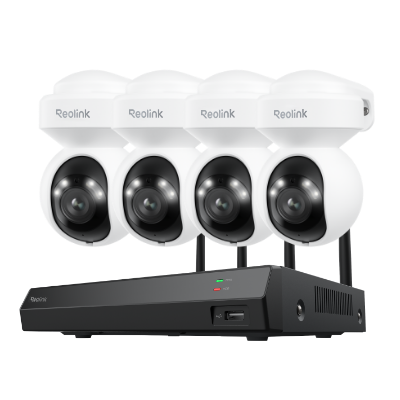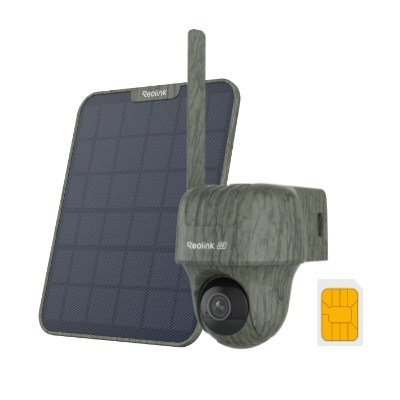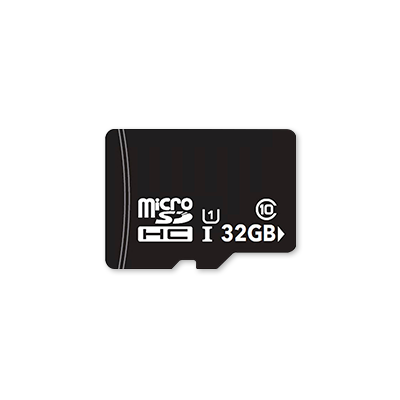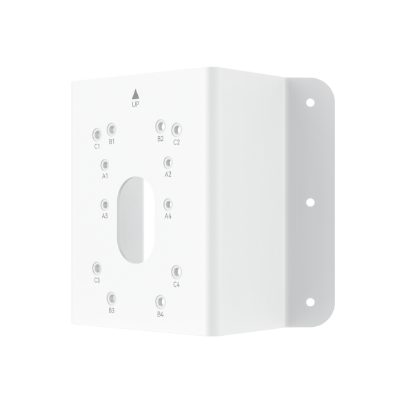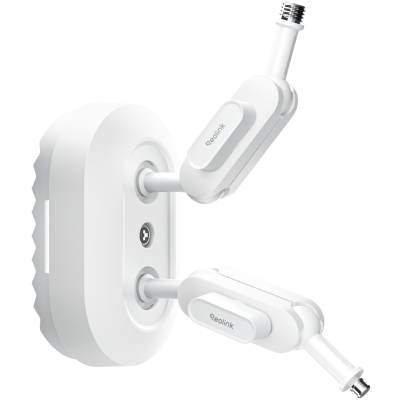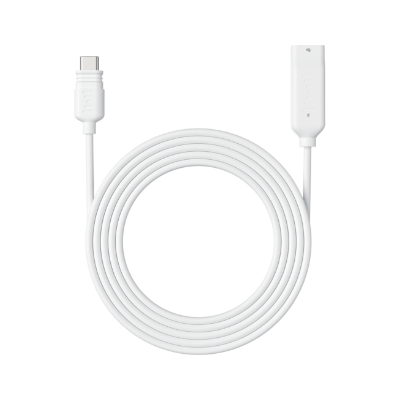Discover 28 Fascinating & Essential Facts About Solar Energy

Solar energy works by converting sunlight, received by specialized cells inside larger panels, to usable electricity. It is one of the fastest-growing renewable energy technologies, and it may be effective for reducing global energy consumption, which is the key to addressing climate change.
Solar power has more versatility than other renewable energy sources and become a viable solution for residential and business applications. If you’re interested in solar energy, read this article to learn more about it, including its benefits and challenges.
Innovations in Solar Energy: Key Facts
There have been quite a few recent breakthroughs in solar cell technology that have improved their viability as a replacement for fossil fuels.
-
In 2016, researchers created the first solar cell with perovskite crystals instead of silicone, which can raise efficiency by up to 20%.
-
Novatec Solar creates molten salt storage tech for higher solar output. Storage technology has also improved, and Novatec Solar, a solar energy company, recently created a molten salt storage technology. The molten inorganic salt serves as a heat transfer fluid that allows temperatures of up to 500 degrees Celsius. This is substantially higher than what the traditional heat transfer oils allow, meaning the solar plant can substantially increase power output.
-
Large-scale solar farms replace individual panels for energy companies worldwide. Some energy companies are now creating large-scale solar farms rather than relying on collections of individual panels.
The farms generally exist in areas with long days and consistent clear weather, such as Bhadla Solar Park, located in India. Other plants include the Huanghe Hydropower Hainan Solar Park in China, the Pavagada Solar Park in India, and the Benban Solar Park in Egypt. All of these parks generate at least 1,650 megawatts of power, with the Huanghe Park having a 2,200 MW capacity. -
Some researchers have suggested that converting the Sahara desert into a large solar farm could be a good source of renewable solar energy in the future.
Essential Facts about the Benefits of Solar Energy
Increased solar system adoption has had many benefits, from improving access to low-cost electricity to decreasing pollution.
-
In China, solar energy has provided power to more than 800,000 impoverished families and even provided additional income. The solar energy industry has also created jobs, and current statistics indicate that there are 150% more solar energy jobs than fossil fuel jobs.
-
Once a solar panel has been manufactured, it stops creating emissions. The impact on the environment is much lower than more conventional forms of energy.
-
One study of solar energy found that an acre of solar panels reduced emissions by between 267,526 to 303,513 pounds, or a minimum of 121 metric tons, of CO2 annually. This means that one acre of solar panels reduces emissions by more tons of carbon dioxide than one acre of trees.
-
According to a study produced by the U.S. Department of Energy Solar Energy Technologies Office (SETO) and the National Renewable Energy Laboratory (NREL), with aggressive cost reductions, supportive policies, and large-scale implementation, solar energy could generate up to 40% of the nation’s electricity supply by 2035 and 45% by 2050 without raising overall costs to consumers.
-
Researchers predict that between 2022 and 2032 solar power will account for 52% of global power capacity growth, with its share in global power generation anticipated to increase from 3% to just under 11%.
-
If the solar energy industry grows as quickly as many hope, it will employ approximately 500,000 to 1.5 million people by 2035.
-
Improvements to solar modules, solar cells, tracking and mounting systems, and software could push down costs over the next decade, which will improve access.
Two Common Types of Solar Energy Technologies
Solar energy can be effectively captured and converted to electricity. There are two common technologies that do this effectively: Concentrated Solar Power and Photovoltaic systems.
Concentrated Solar Power (CSP) Systems
-
CSP systems use mirrors or lenses to concentrate heat, which then creates steam, like a tiny steam engine. Turbines convert the steam to electricity. In contrast to PV systems, which rely on light to function, CSP systems rely on temperature.
-
Appropriate for energy plants, the scale needed for CSP systems to make a useful amount of energy are not ideal for residential applications, but they work well for energy companies and solar farms.
-
These systems can store thermal energy, allowing them to generate electricity during the night or on cloudy days. This increases their reliability.
Photovoltaic (PV) Systems
-
PV systems use mounted solar panels that contain solar cells to capture solar radiation. When light hits the cell, a silicon semiconductor releases electrons into the electrical field inside the cell, which creates an electrical current that can be captured, stored, and used.
-
PV solar cells are in the solar panels people commonly associate with solar energy. You might see them on solar farms, on the roofs of houses, or in parking lots.
-
PV capacity has grown substantially in the last two decades. In 2005, capacity was around 5 gigawatts in contrast to the approximately 940 gigawatts measured in 2021.
-
As capacity has increased, so has efficiency. Reports show that the average PV system conversion efficiency has exceeded 20%, which means that at least 20% of the sunlight is converted to energy. This is a significant improvement upon the historical precedent of 15%.
-
The amount of sunlight that strikes the earth’s surface in an hour and a half roughly equals the world’s energy consumption for one year. Because the average PV system only captures and converts 20% of that light, many panels are needed for the desired energy production.
Facts Homeowners Must Know Before Using Solar Panels
If you’re considering installing solar panels, here are some facts that could help you make your decision.
-
Solar energy is a cost-effective way to improve your carbon footprint with a quick return on investment and improved home value. Going solar can lower your electric bills, and there have been some cases of electric companies paying their customers for the surplus generated by the panels.
-
Many government programs will subsidize solar panels. In the United States, both federal and state programs exist to help people install a solar system, which generally saves about 30% of the cost to the homeowner. These programs are especially likely to help you if your energy bill is disproportionately high compared to your income.
-
The average cost to install solar panels is between $10,600 to $26,500 (after the 30% federal tax credit) for a 6kW to 12kW system. A system of that capacity should power an average house. Residential solar systems cost $2.53 to $3.15 per watt. Solar energy costs $0.08 to $0.10 per kWh to produce on average. Note that energy costs will vary depending on your home’s location and nearby sunlight-blockers.
-
Financing options are also available to mitigate the upfront costs, but it is also possible to lease solar panels or enter a power purchase agreement (PPA) that some solar energy companies offer.
-
Solar panel systems are highly durable throughout their 25 year average lifetime. They require minimal maintenance and can continue creating energy after their 25-year warranties expire, with the caveat that they begin losing their ability to absorb sunlight. If you replace your roof, installing solar panels immediately thereafter is usually the best way to get the most out of both investments.
-
Maximize solar panel lifespan - clean every 3 months and debris-free.To maximize the useful life of your solar panels, clean them once every three months with lukewarm water or a leaf blower, and keep the panels clear of debris, snow, and dirt. As you might guess, it’s difficult to create solar energy if yard crud is blocking your solar cells.
Challenges and Limitations of Solar Energy
While solar energy is promising, there are some barriers to widespread adoption.
-
Capital constraints limit access to affordable solar energy for impoverished individuals. Upfront capital is hard to come by, especially for people in poverty who need the cheap solar energy the most. Although many government programs can help, the cost can range from $2,000 to $3,700 per kilowatt. Over the life of the solar panels, the savings pay for the installation, but often, the money simply isn’t available to spend all at once.
-
Solar energy faces land scarcity, needing 5.7M acres by 2035. Solar radiation has a relatively low energy density, which means that it requires a very large area (reference the aforementioned solar parks) to collect a worthwhile amount of energy. Established energy systems and inadequate information dissemination make finding a large and available space difficult as well. According to DOE’s Solar Futures Study, solar energy development could require as much as 5.7 million acres of land by 2035.
-
Proper disposal of old solar panels is crucial for sustainability. To maximize resources, old solar panels should be recycled once they have reached the end of their useful lives. However, there is not yet a standardized recycling process for solar panels, which means there is a risk that the old panels will end up in the landfill. This is not ideal for a type of energy designed to reduce waste and groundwater toxicity. If manufacturers can create a plan for proper disposal, this problem can be solved, but it must be addressed before widespread implementation will be a net positive for addressing climate change.
Conclusion
Solar energy is a rapidly growing renewable energy source with many potential benefits. By reducing our dependence on fossil fuels and decreasing greenhouse gas emissions, solar energy can help us address climate change.
Feel free to leave your comment below. We’d love to hear your thoughts. If you found this post useful, be sure to share it with your friends!
Search
Subscribe for the Latest Updates
Security insights & offers right into your inbox























































